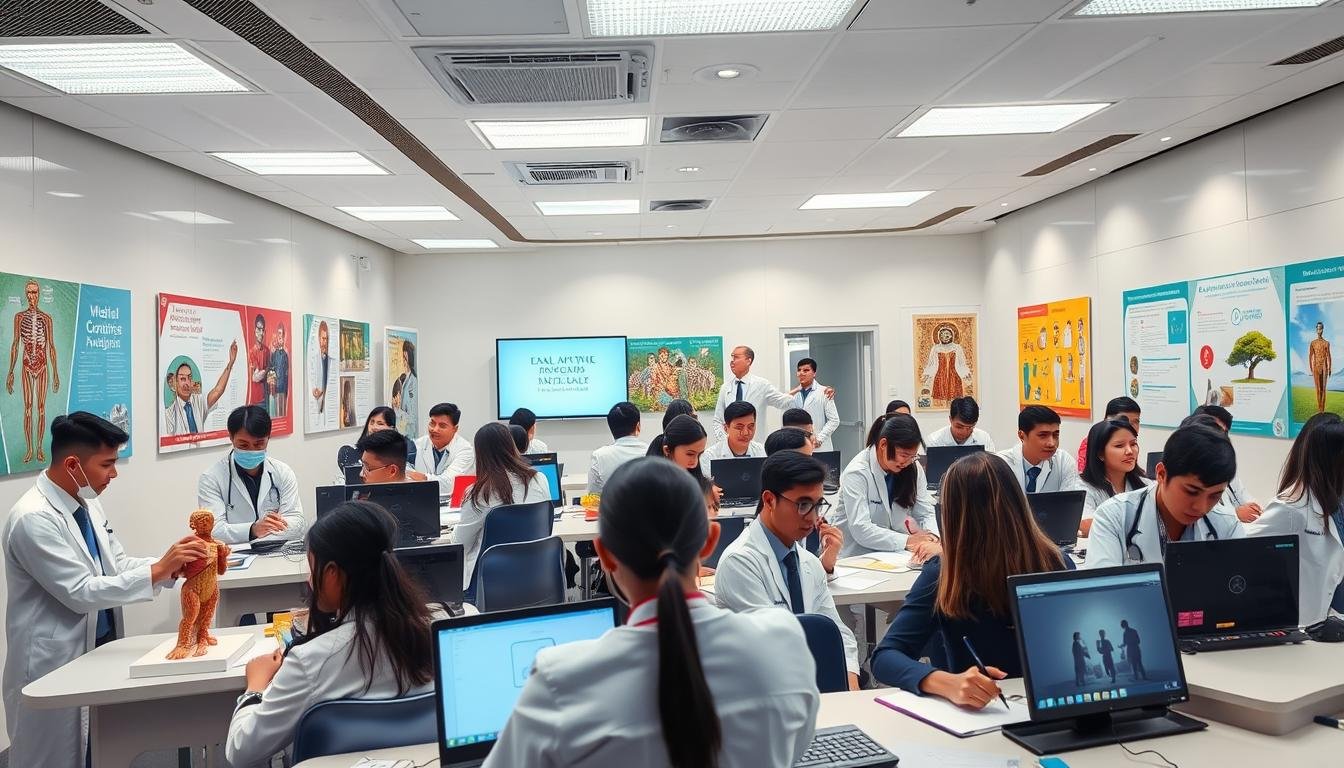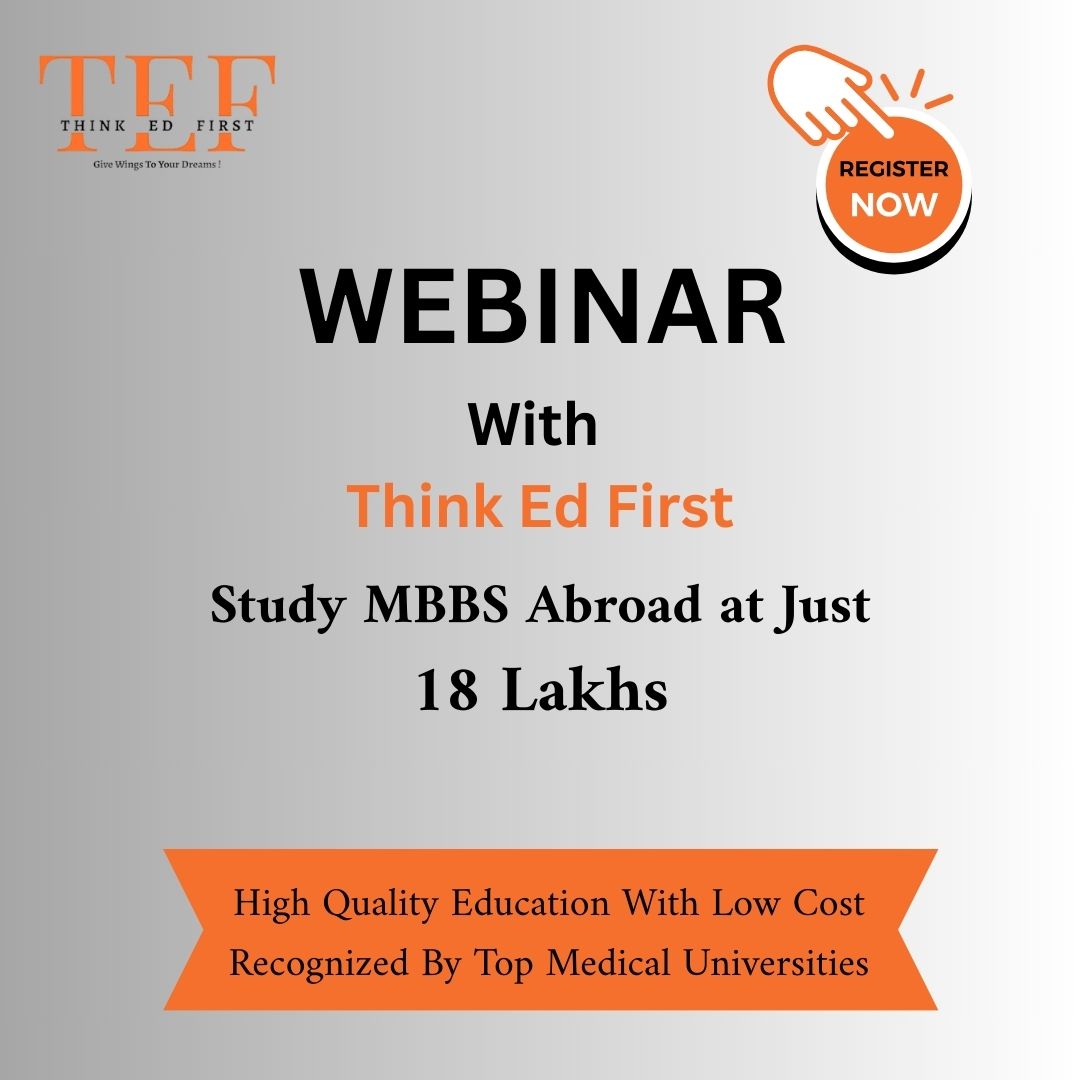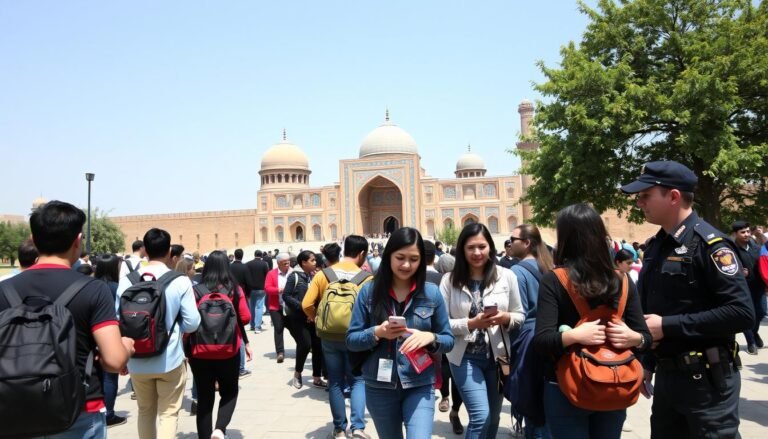Samarkand State Medical University is making a big change in medical education. They are introducing a new exam pattern that will change how students are assessed. This change comes after 87% of medical educators said old ways of testing don’t show what students can really do.
Since 1930, Samarkand Medical University has been leading in medical education. The new exam for 3rd year MBBS students is a big step forward. It shows the university’s dedication to top-notch medical education and assessment.
The 2025 changes aim to fix big problems in medical education. They introduce a new way to evaluate students. This method looks at practical skills, clinical ability, and a deep understanding of medical sciences.
Third-year medical students will get a more complete assessment. This matches global medical education standards. The university is adapting to the changing healthcare world and the need for better training.
Samarkand Medical University is a leader in changing medical education. Their new exam pattern is set to be a major improvement in teaching medicine.
The New Exam Pattern
Medical education has seen big changes with the MBBS program. Samarkand Medical University is introducing a new way to test students. This new method changes how students are evaluated.
Now, medical students face a more detailed test. The new rules aim to check their knowledge and skills in many ways. This system makes sure students are well-prepared for real-world medicine.
Objective Structured Key Clinical Examination (OSKCE)
The OSKCE is a key part of medical exams. It tests students’ hands-on skills. Key features include:
- Simulated patient interactions
- Clinical scenario problem-solving
- Real-world medical decision-making assessments
Viva Voce Evaluation
This part of the exam checks how well students can talk and think. Examiners ask tough questions to see how much students know. This helps show if they really understand medicine.
Written Examination Format
The written exam has been updated to test students’ knowledge better. It includes many types of questions. These questions check if students can think and understand medicine well.
Multiple Choice Questions (MCQs)
MCQs are a big part of the exam. They help check if students know a lot about medicine. This way, everyone is tested the same way.
- 540 total MCQ questions
- 60% problem-solving skills assessment
- 30% comprehension and analysis testing
- 10% knowledge recall evaluation
Subjects Covered in the 3rd Year
The third year of medical school at Samarkand State Medical University is very important. It’s a time when students dive deep into complex medical sciences. They learn through detailed exams and hands-on assessments.
Students face a tough curriculum. It’s designed to get them ready for real-world medical work. The new system uses OSCEs to check their skills.
Core Subjects of Third-Year Medical Education
- Pathological Physiology: Explores disease mechanisms and bodily responses
- Pathological Anatomy: Examines structural changes during disease progression
- Molecular Physiology: Investigates cellular and molecular interactions
- Propaedeutics of Internal Disease: Introduces foundational diagnostic techniques
Now, mbbs exams at Samarkand Medical University test both theory and practical skills. Students need to show deep understanding in many areas. This shows how medical education in Uzbekistan is changing.
Each subject helps students get better at clinical work. They learn to handle complex medical issues. The training mixes theory with practical skills, making students ready for real-world challenges.
Impact of the New Examination System
A new medical university exam pattern has been introduced. This change is a big step in how students are assessed. Samarkand Medical University’s new approach aims to improve medical education quality.
Key impacts of the new examination system include:
- Enhanced clinical skill assessment through OSKCE methodology
- More comprehensive student performance evaluation
- Improved alignment with international medical education standards
The curriculum updates bring new ways to test students. Students will face more integrated learning. This means they will be tested on critical thinking and practical skills, not just knowledge.
Changing medical education requires careful planning. Teachers must adjust their methods to help students with these changes. The goal is to make learning more dynamic and prepare doctors for tough healthcare challenges.
There might be challenges, like students getting used to new exams. There could also be resistance to new ways of being tested. But Samarkand Medical University is ready to support students. They want to make sure students succeed in this new system.
Final Thoughts
The mbbs curriculum changes at Samarkand Medical University mark a big step forward in medical education. The new way of evaluating students focuses on real-world skills, not just tests. This change is key to preparing doctors for today’s healthcare needs.
The university’s new exams focus on practical skills, not just book knowledge. This means students learn by doing, not just studying. Samarkand Medical University is now at the top of medical education, thanks to these updates.
Now, exams mix theory and practice, making sure students are ready for the real world. Students from India and elsewhere will find this approach very helpful. It shows Samarkand Medical University is serious about giving top-notch training.
Samarkand Medical University is leading the way in medical education. Its new exams are more than tests; they’re a way to teach doctors to be skilled, adaptable, and caring. This is how they’re ready for the challenges of modern healthcare.





